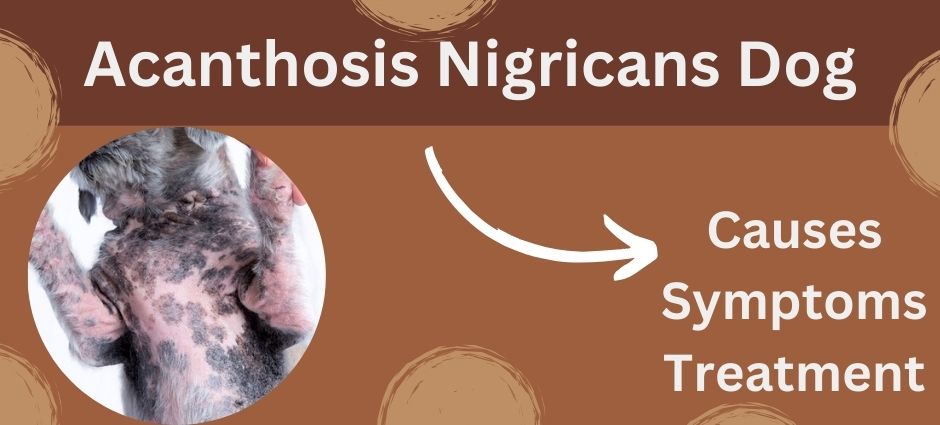When it comes to caring for our furry friends, skin health is often a primary concern. One condition that dog lovers may encounter is Acanthosis nigricans dog.
This skin disorder, characterized by darkening and thickening of the skin, can be alarming if you’re unfamiliar with it. In this blog, we’ll explore Acanthosis nigricans in dogs, its causes, symptoms, and the best ways to treat it.
So, let’s read about it a little more!
What is Acanthosis Nigricans Dog?
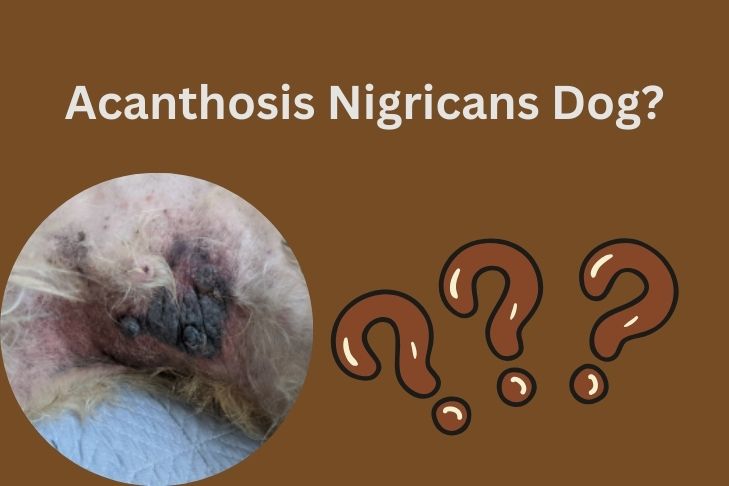
Acanthosis nigricans dog is a skin condition where areas of the skin, particularly in the armpits, groin, and belly, become dark, thick, and velvety.
It’s most commonly seen in Dachshunds, although it can occur in other breeds. This condition is typically benign, but it can indicate underlying health issues that need attention.
What Are the Causes of Acanthosis Nigricans Dog?
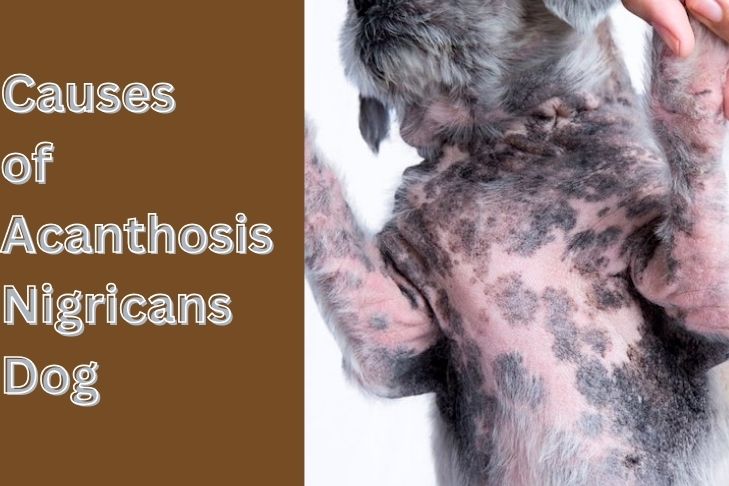
The causes of Acanthosis nigricans in dogs can vary. There are two major types called the primary and secondary acanthosis nigricans:
- Primary Acanthosis Nigricans: This type is genetic and primarily affects Dachshunds. It usually appears before the dog is one year old and progresses over time. Unfortunately, primary acanthosis nigricans have no cure, but symptoms can be managed with appropriate care.
- Secondary Acanthosis Nigricans: This form can affect any breed and is often caused by underlying issues such as hormonal imbalances, allergies, or obesity. Infections, particularly yeast infections, can also trigger this condition. Finding the root cause is always the most important thing.
What Are the Symptoms of Acanthosis Nigricans Dog?
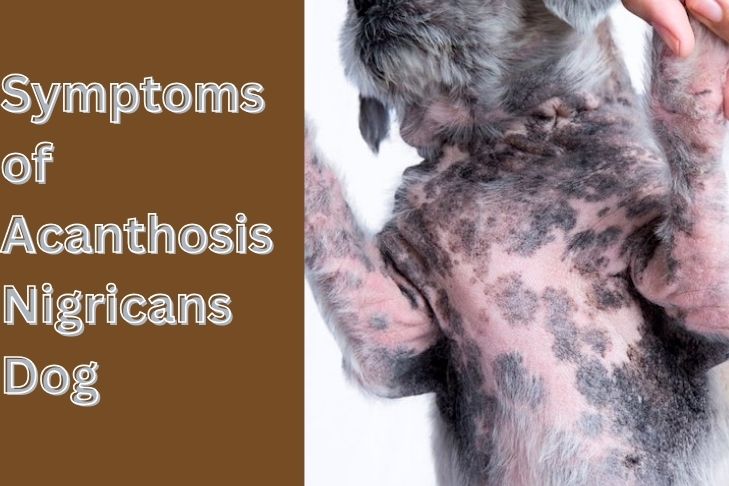
Recognizing acanthosis nigricans dog symptoms is essential for early detection and treatment. Symptoms include:
- Darkened Skin: The most noticeable symptom is hyperpigmentation, where the skin darkens, especially in areas like the armpits, groin, and belly.
- Thickened Skin: Over time, the affected skin may thicken and become velvety or rough to the touch.
- Hair Loss: In some cases, hair loss occurs in the affected areas, leading to bald patches.
- Odor: Secondary infections can cause a noticeable odor, indicating that the condition needs medical attention.
Also Read: Symptoms of Malignant Hyperthermia in Dogs
How to Treat Dog Hyperpigmentation: Acanthosis Nigricans Dog Treatment
Treating acanthosis nigricans in dogs means you need to first find its type. While primary acanthosis nigricans is not curable, its symptoms can be managed with proper care.
- Topical Treatments: Acanthosis nigricans dog treatment cream is often prescribed to soothe the skin and reduce inflammation. Creams containing steroids, antifungals, or antibiotics can help control symptoms, especially if there’s an infection.
- Medicated Shampoos: Regular bathing with medicated shampoos designed for skin conditions can help keep the skin clean and reduce symptoms in large fluffy dogs. These shampoos often contain ingredients that soothe the skin and combat infections.
- Addressing the Underlying Cause: For secondary acanthosis nigricans, treating the root cause is key. This might involve managing allergies, adjusting the dog’s diet, or treating hormonal imbalances. Weight management is also crucial if obesity is contributing to the condition.
- Supplements: Omega-3 fatty acids and other supplements that support skin health may be recommended to help manage the condition over time.
Hyperpigmentation in Acanthosis Nigricans Dogs
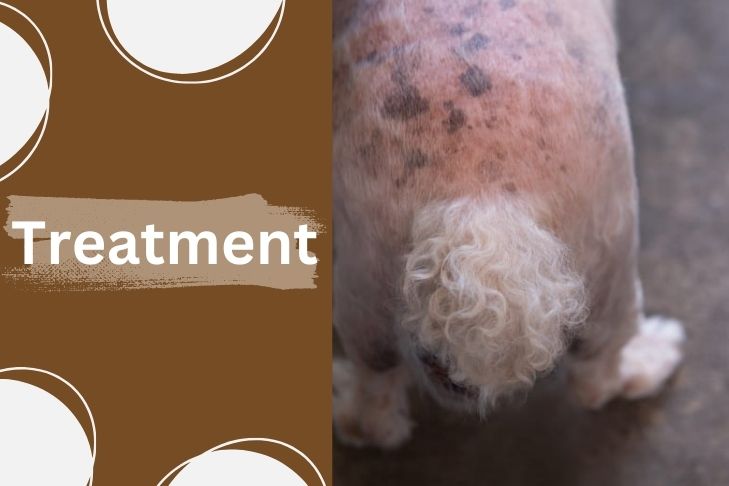
The condition itself is not life-threatening, but it can be a sign of underlying health issues that need attention. For instance, if the hyperpigmentation is due to an untreated infection or hormonal imbalance, these issues can lead to more serious health problems if not addressed.
One of the most common concerns is whether hyperpigmentation is reversible in big furry dogs. The answer depends on the cause. In cases of secondary acanthosis nigricans, once the underlying issue is addressed, the skin may gradually return to its normal color and texture.
However, this process can take time, and some darkening may persist. For primary acanthosis nigricans, the condition is usually not reversible, but with proper treatment, the symptoms can be managed and the progression of the disease can be slowed.
Acanthosis Nigricans Dog: Special Considerations
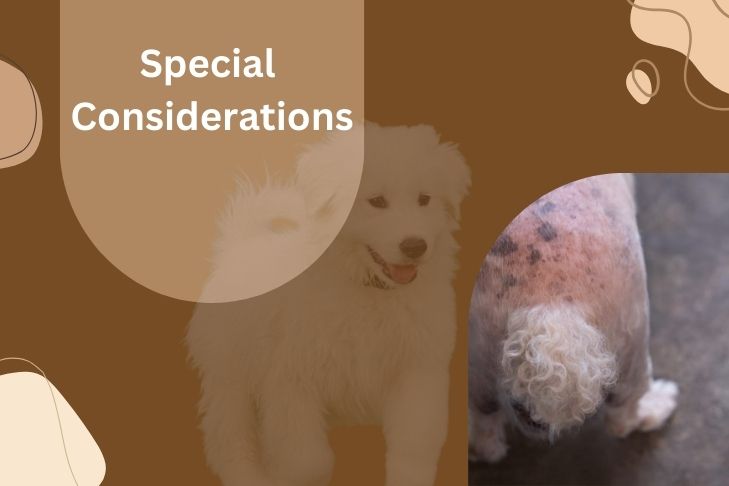
Acanthosis nigricans dachshund treatment is particularly important because this breed is genetically predisposed to the condition. Owners of Dachshunds should be vigilant about monitoring their dog’s skin for any changes, especially during the first year of life.
Regular check-ups with a vet and proactive treatment can help manage symptoms and keep your Dachshund comfortable.
Conclusion: Managing Acanthosis Nigricans Dog
In conclusion, acanthosis nigricans dog is a condition that requires careful attention and management. While it may not be curable, especially in cases of primary acanthosis nigricans, proper treatment can significantly improve your dog’s quality of life.
By understanding the causes, symptoms, and treatment options, you can help your furry friend live a happy and healthy life despite this condition.
If you notice signs of acanthosis nigricans in your dog, consult your veterinarian to develop a treatment plan tailored to your dog’s specific needs. With the right care, your dog can enjoy a comfortable life, free from the discomfort of skin issues.



